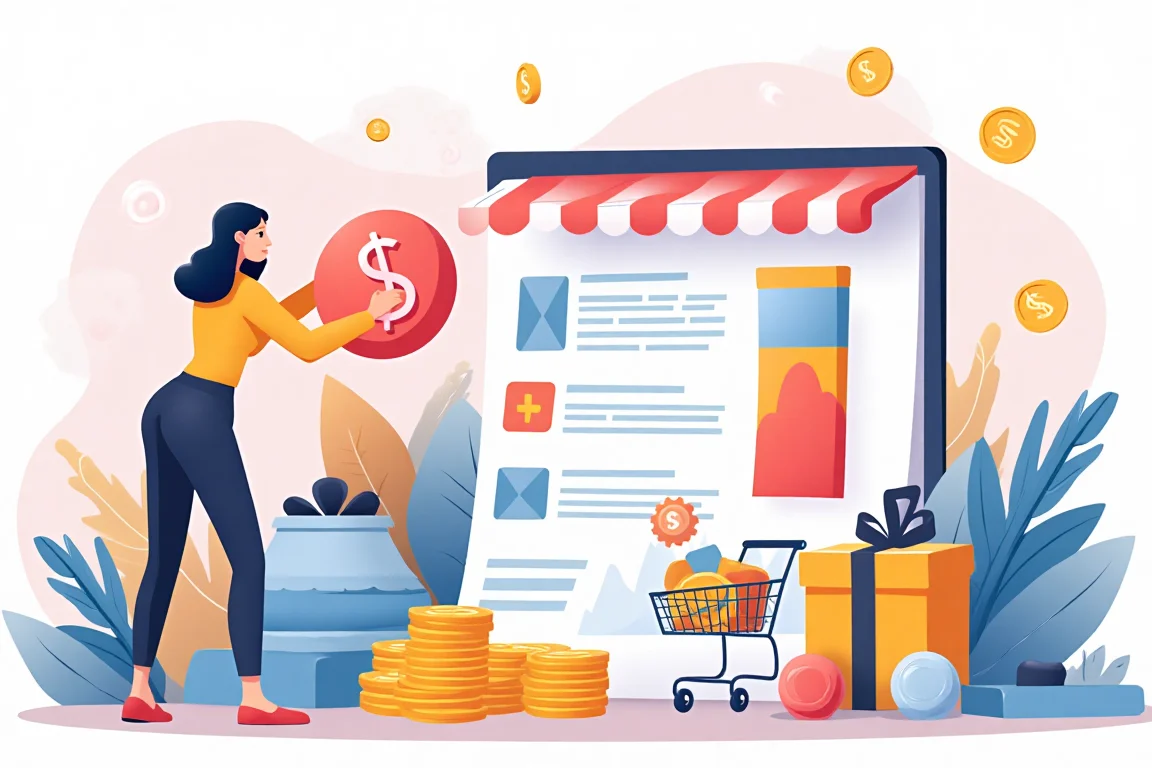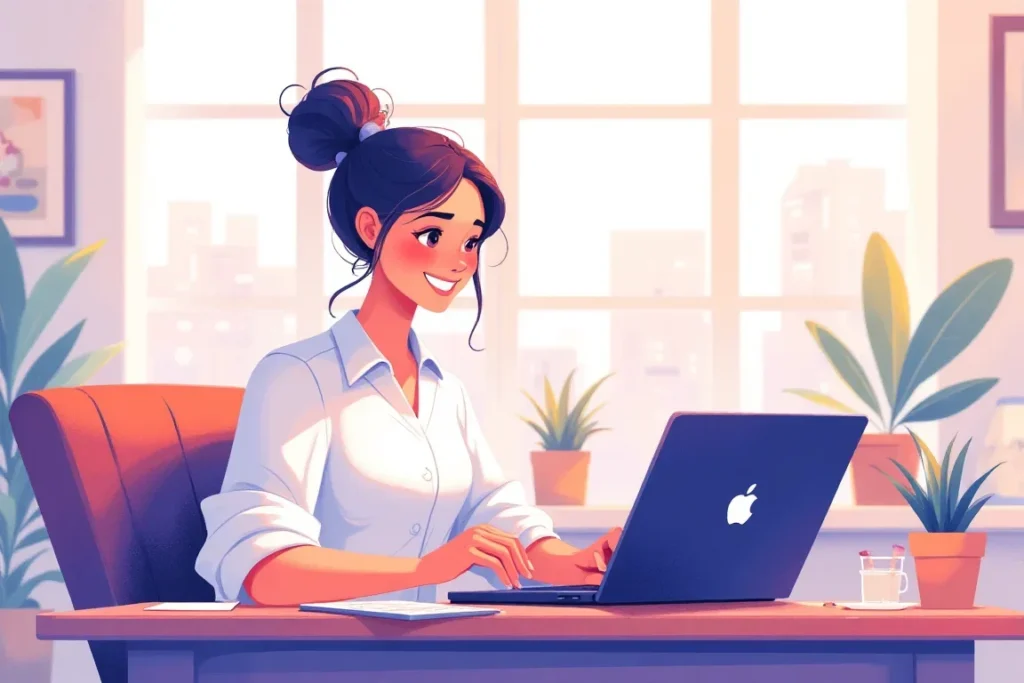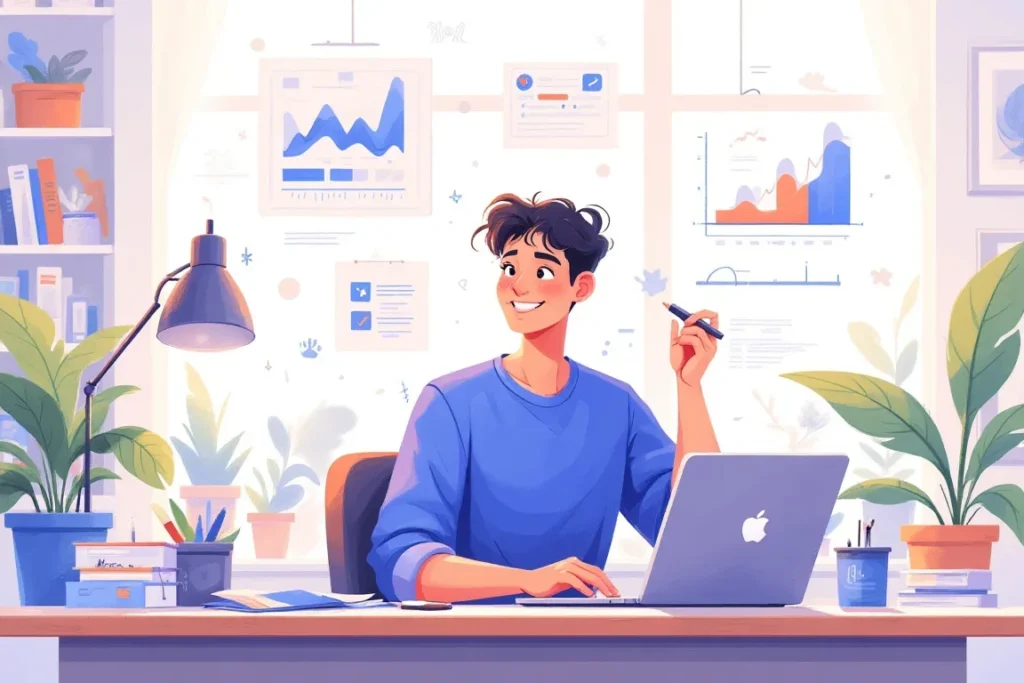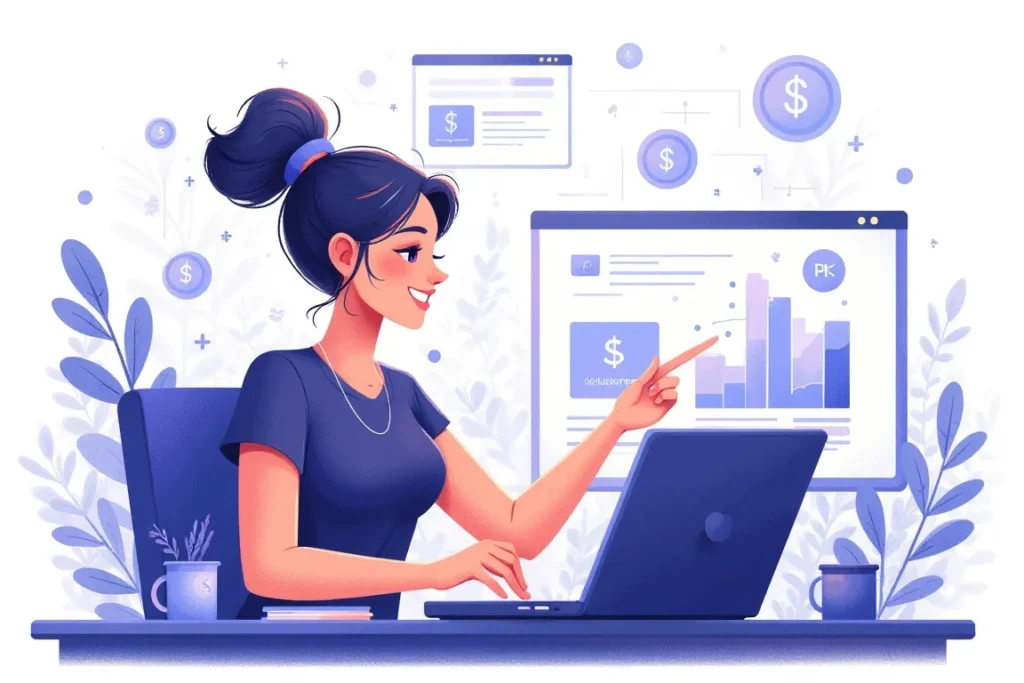Want to avoid copyright issues with PLR digital products—and build your dream business fast? Grab a coffee, get cozy, and follow this down-to-earth, no-nonsense guide that shows you how to play by the rules and profit from PLR without breaking a sweat.
Key Takeaways
How to avoid copyright issues with PLR digital products?
- Read and understand every PLR license—don’t make assumptions.
- Only buy PLR from reputable sources, never from random or suspicious sellers.
- Avoid using included stock images or brand names unless licenses are clear.
- Customize your PLR—always edit, update, and add your own input for originality.
- Check content for copyright or trademarked material not covered by the PLR agreement.
- If in doubt, consult a legal expert to clarify usage rights.
Ready to speed up your digital business launch? Try out PLR Digital Products on plrbizhub.com to save time, skip the headaches, and start selling faster—see what’s possible and click to explore more!
How To Avoid Copyright Issues With PLR Digital Products
Jumping into digital product sales with PLR (Private Label Rights) can feel like striking gold in a world of endless content creation. PLR saves you hours, keeps your budget on track, and lets you serve customers on platforms from Etsy to Gumroad, all without the tedious grind of starting from zero.
But copyright confusion? That’s a dealbreaker. Let’s dig in—step by step—so you can use PLR digital products confidently and squeaky-clean.
What Are PLR Digital Products?
PLR digital products are ready-made digital assets—ebooks, workbooks, graphics, templates, courses, videos—that you purchase with a special license. The PLR license gives you a wide range of rights, like:
- Modifying and customizing content
- Rebranding as your own
- Selling or distributing on your chosen platforms
PLR isn’t a free-for-all. Every license comes with unique terms. Common PLR products include:
- Ebooks and reports
- Printable planners and journals
- Canva templates and graphics packs
- Email swipe files and checklists
- Online courses and lead magnets
Some advantages include speed, professional polish, and flexibility. You can blend, edit, and mix pieces into your unique brand—creating as much or as little new content as you wish.
The Big Copyright Risks With PLR (And How To Dodge Them)
Copyright laws protect original creators’ work, even in the digital world. Here’s where people often slip up and how to redirect:
1. Not Reading the License
That PDF or Word doc in your PLR folder? That’s gold—it lays out exactly what you can and can’t do. Every creator sets different boundaries. Key things to check:
- Are you allowed to edit or claim authorship?
- Can you sell the PLR as your own, or only give it away?
- Any restrictions for platforms (Amazon, Etsy, etc.)?
- Do you have resale rights, or MRR (Master Resell Rights), or just usage?
Pro tip: Never ignore the licensing terms. It’s too easy to make a costly mistake.
2. Low-Quality or Stolen PLR
It’s tempting to scoop up mega-bundles for pennies, but these are famous for hiding stolen content, images, or software. If you sell these, you might:
- Sell duplicate or pirated material
- Accidentally sell someone else’s copyrighted work
- Land in the DMCA spiral—takedown notices and, sometimes, lawsuits
Buy only from reputable PLR sellers with a track record of compliance. Look for proof of originality and 100% unique materials.
3. Unlicensed Images, Fonts, or Audio
PLR products sometimes contain third-party elements (stock images, fonts, music) that aren’t licensed for resale or commercial use—yikes. Always check if your product uses:
- Shutterstock, Unsplash, or Canva graphics
- Trademarked fonts
- Copyrighted audio or video clips
If you aren’t certain, swap these out with royalty-free or personally licensed alternatives. Free image banks like Pexels or Pixabay are a safer bet.
4. Failing To Edit or Add Value
Many platforms (including Amazon Kindle, Etsy, and Gumroad) restrict “copy-paste” PLR listings. Why? Because duplicate content is a red flag for low value and copyright claims. To protect yourself and stand out:
- Heavily rewrite, update, and personalize all PLR;
- Add new graphics, lessons learned, or bonus materials;
- Make sure the end product is unmistakably yours.
5. Ignoring Platform Rules
Amazon, Etsy, and others have unique policies for digital products. Some:
- Ban straight-upload PLR or require significant changes,
- Demand that sellers own all copyrights or have proof of licensing,
- Monitor for repeated or recycled listings.
Before you list, check each site’s guidelines on resell digital products, copyright, and commercial use. It only takes a few minutes but saves a world of heartache.
6. Not Documenting Your Purchases
Always keep a folder with:
- Receipts or invoices
- Licensing agreements
- Proof of purchase for every PLR product
If a platform or customer questions your rights, you’ll be prepared to show legitimate use.
How To Choose Safe PLR Digital Products
Finding the right PLR can make or break your business. Here’s what to watch for:
– Reputable marketplaces and sellers: Stick to established sites focused on quality.
– Transparent licensing: The license is clear, detailed, and available up front.
– Unique or exclusive content: Fewer buyers means less risk of “me-too” products or copyright troubles.
– Positive reviews and refund policies: These signal honesty and accountability.
Customization: Your Legal and Creative Shield
PLR shines when you make it your own. Here’s how to add value, dodge “duplicate content” penalties, and build a brand that rises above the crowd.
Rewrite And Reformat
- Change section titles, rearrange chapters, and rewrite key points.
- Add your own case studies, stories, and takeaways.
- Update outdated advice, specs, links, or stats.
Personalize For Your Audience
- Insert your unique voice and branding.
- Design new covers, infographics, and worksheets.
- Adjust tone and examples for your target customer.
Add New Materials
- Bundle with templates, videos, checklists, or quick-start guides.
- Offer worksheets, resource lists, or bonus tips.
- Create companion content (like email series or printables).
Every tweak—big or small—reduces copyright risk and boosts your value in a crowded market.
Platform-Specific Guidelines — Sell Smart, Sell Safe
Etsy: Insists on original design work for digital downloads. Uploading unedited PLR often leads to removals and account warnings.
Amazon KDP: Requires “substantial change” to any PLR used for Kindle books or printables. Unchanged content gets flagged or banned.
Gumroad & Shopify: More flexible but demand legal compliance. Don’t use third-party assets you don’t have the rights for—swap them for your creations.
Tip: Before uploading, check the most recent content policies for your chosen platform. They change often.
Proven Steps To Avoid Copyright Trouble Every Time
- Read the PLR license closely—ask questions if anything’s unclear.
- Only buy from trusted marketplaces with documented permission.
- Customize, personalize, and update content—make it yours.
- Replace stock images, fonts, and graphics unless you own full rights.
- Always keep purchase receipts, license documents, and all modifications.
- Double-check for accidental copyright or trademark use (brand names, logos).
- Spot-check your work with plagiarism tools (like Copyscape) before publishing.
Benefits Of Using PLR Digital Products For Fast Business Growth
PLR digital products are not just a shortcut—they’re a lever to scale quickly, reach new markets, and test selling ideas without committing months to creation.
Main advantages:
- Speed: Go from idea to listing in days—not weeks or months.
- Flexibility: Test multiple niches or bundle offers without extra cost.
- Budget-friendly: Skip hiring expensive writers or designers.
- Easy updates: Refresh products, add bonuses, or expand offers on your terms.
- Totally beginner-friendly: Little to no tech experience required.
Actionable Advice For First-Time Sellers
- Triple-check every license before buying PLR.
- Edit and brand everything for uniqueness—don’t use “as is.”
- Regularly audit your sales and platforms for updated copyright rules.
- Create a digital “paper trail” for every product you list.
- If in doubt, consult an IP attorney—an affordable session now can save huge hassle later.
Common Myths About PLR And Copyright
MYTH: “If I buy PLR, I own the copyright.”
False. You own usage rights, not the original copyright—unless license specifically transfers it.
MYTH: “If someone sold it to me, I can sell it too.”
False. Sellers can accidentally (or intentionally) distribute content they don’t own. You’re still responsible for what you resell.
MYTH: “As long as I change the cover, it’s unique.”
False. Platforms check for internal content duplication.
Specific Examples Of Safe PLR Use
- Take a PLR ebook, rewrite it completely, and turn it into a workbook for a new niche audience.
- Combine several PLR templates into a “business toolkit” for Etsy sellers, redesigning the graphics and updating any data.
- Use PLR checklists as bonus downloads in your online course—edit, rebrand, and bundle into your own package.
What To Avoid When Using PLR Digital Products
- Don’t upload mass-purchased bundles to major platforms without checking each product.
- Don’t rely solely on the reputation of a PLR marketplace—always read full terms.
- Don’t forget to check for trademarked phrases, brand names, or protected content in your PLR.
Ready to avoid copyright issues with PLR digital products and launch your digital sales empire at lightning speed? Grab those rights, customize boldly, and watch your business (and peace of mind) grow.




